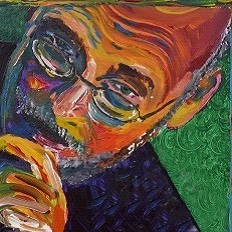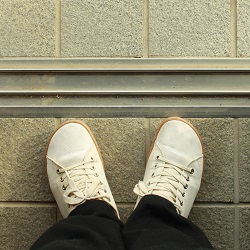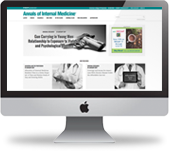Hammer and nails
Will AI be for hospitalists what the steam drill was for John Henry?
The legend of John Henry is entwined in the expansion of the American railroad system. Building the first railroad tunnels depended on human strength and labor. Steel drivers used sledgehammers to dig into rock and form cavities where explosives could be placed to create these tunnels. Legend has it that John Henry was a Black steel worker, the most powerful steel-driving man, whose resolve helped inspire his comrades through grueling and tiresome days.
Growing up, Henrietta John had learned the story of John Henry. Today, as a hospitalist, she often joked that she was a legend in her own mind. She worked tirelessly and passionately for the health and well-being of her patients. She was respected and well loved by her colleagues and patients alike. Moreover, she was known for her unsurpassable efficiency, particularly with hospital rounding. Day in and day out, she always had a positive attitude and a smile on her face, doing something she truly enjoyed in an expeditious fashion.

The introduction of the steam-powered drill threatened to put John Henry and his fellow steel drivers out of business. In protest, the story goes, he challenged the owners of the new machine to a showdown. Understanding that his reputation and legacy were on the line, he was determined to show that he was able to do a better, faster job than any machine. He vowed he would “die with a nine-pound hammer in his hand.”
Dr. John got steamed when a new pilot was introduced, bringing in an AI-aided telemedicine doctor to increase rounding efficiency. The administration advertised it as “practice-changing” during an introductory hospital-wide meeting. Dr. John immediately recognized what this meant. Refusing to be outsourced by a mere machine, she prepared to challenge the new regime.
At the sound of the starting pistol, John Henry channeled all his might and tenacity into driving his nine-pound hammer as powerfully and as swiftly as he could. Side by side, man and machine bit into granite, with spectators from the whole community gathering to watch and cheer.
What the maker of the steam-powered drill hadn't realized was that steel driving was a two-person endeavor, requiring another person called a “shaker” to manually hold the drill in place and ever so slightly turn it after every blow, giving it a shake to remove the loosened rock and making the blows more efficient. The steam drill had no such accommodation, and thus, John Henry drilled 14 feet into the rock while the steam drill only drilled nine.
But John Henry had used up every last bit of his strength. Breathing in his victory, he collapsed and exhaled one final time, dying with his hammer in his hand.
As always, Dr. John was hardworking and thorough in her preparation to prove the worth of human physicians over AI. Initially planning a face-off with the machine, she researched John Henry and learned about “John Henryism,” a term (partially based on the legend) coined by epidemiologist Sherman James in the 1970s to describe the finding that those who face prolonged adversity, primarily Black Americans dealing with inequality and racial discrimination, suffer damage to their health. He also developed a measurement system based on this dynamic—the John Henryism Active Coping Scale.
Dr. John also read up on the evidence that AI tools, if not applied cautiously, can exacerbate racial biases in care. On the other hand, she found some studies showing that AI can provide accurate diagnoses in situations where human physicians may be distracted by cognitive biases.
She took all this information to the hospital administration and convinced them that AI telemedicine was not ready to take on its own patients. Instead, the hospital's multidisciplinary human team would integrate some AI tools into their existing practices as a pilot and carefully study the effects on patient care and outcomes.
Human versus machine doesn't have to be a competition. It should be a collaboration. The steam driver did eventually replace the back-breaking work of the steel-driving man, but a lot of human innovation was required along the way. AI and other technologies should be developed to enhance the work of the hospitalist. As these tools are developed, there must always be input from those who do the job, with developers making use of the expertise of the care team, and the shakers.



